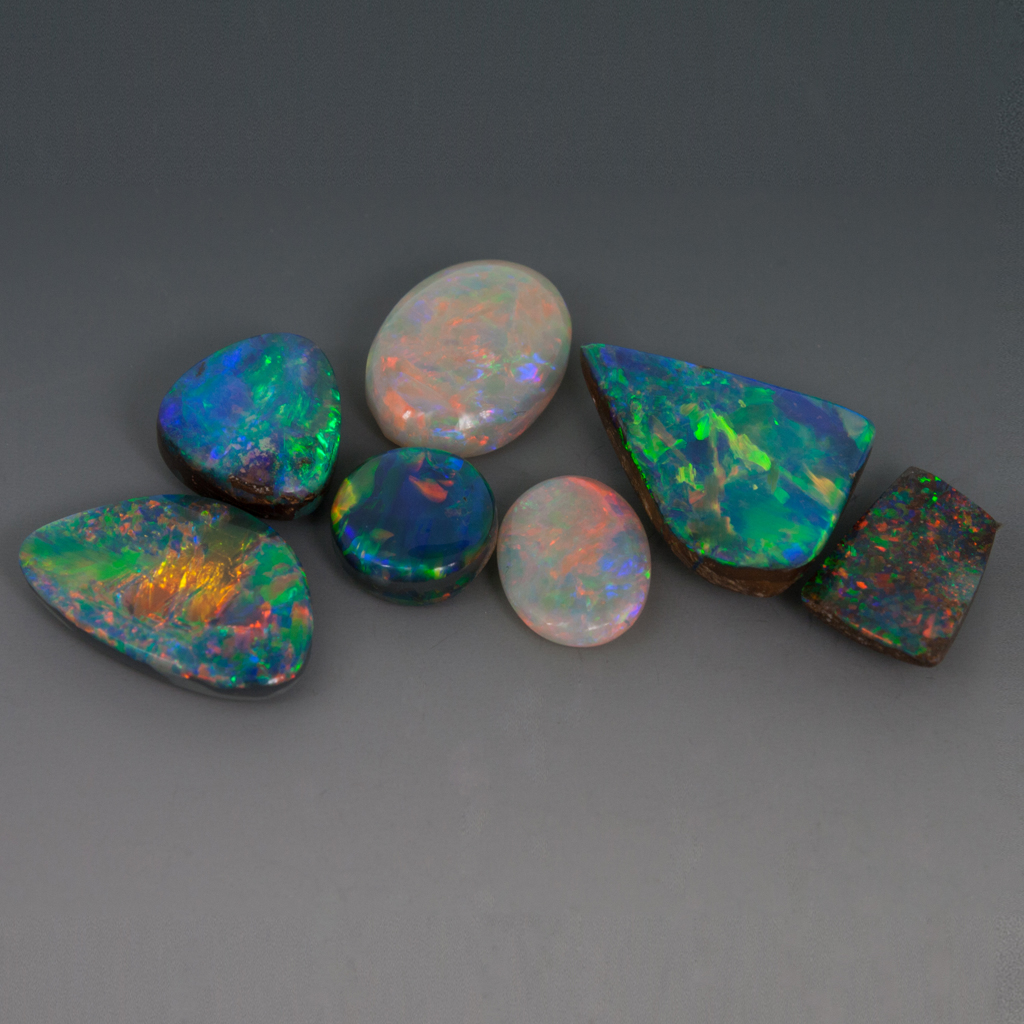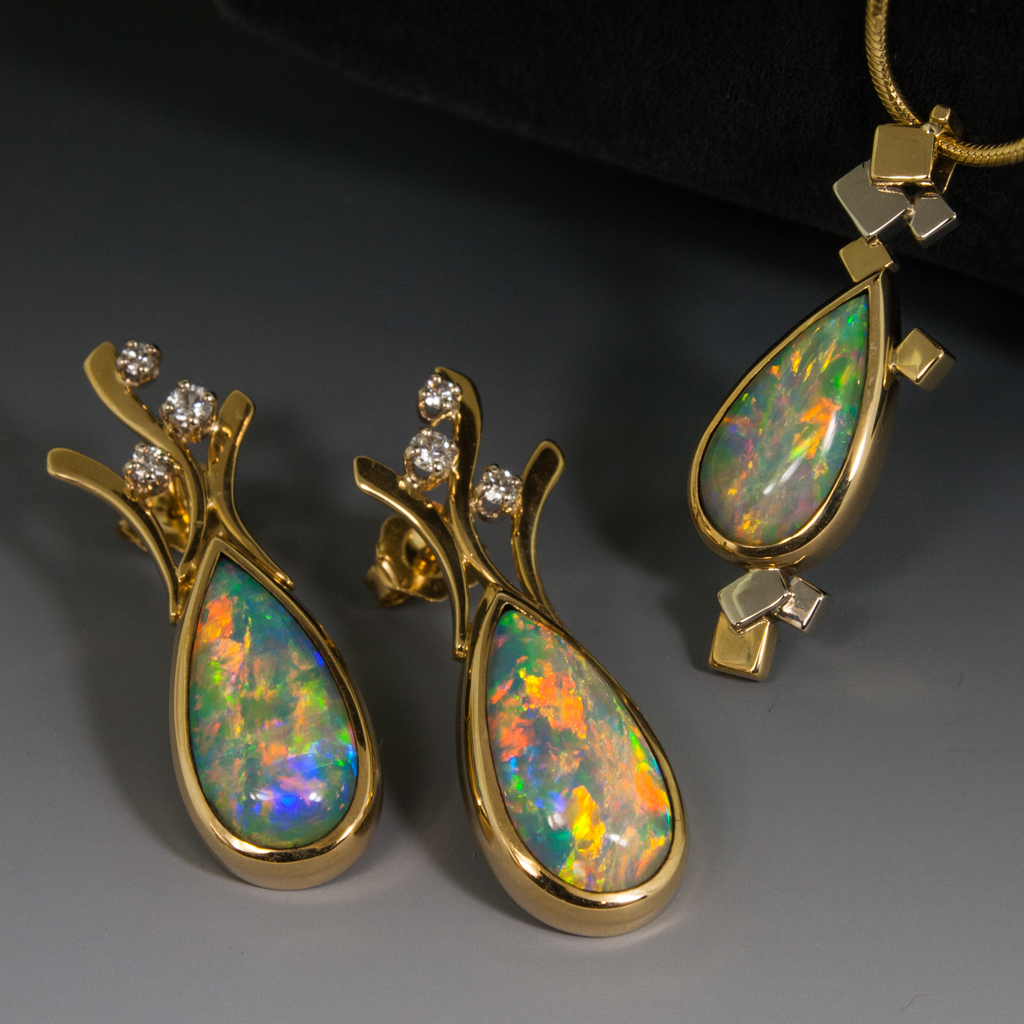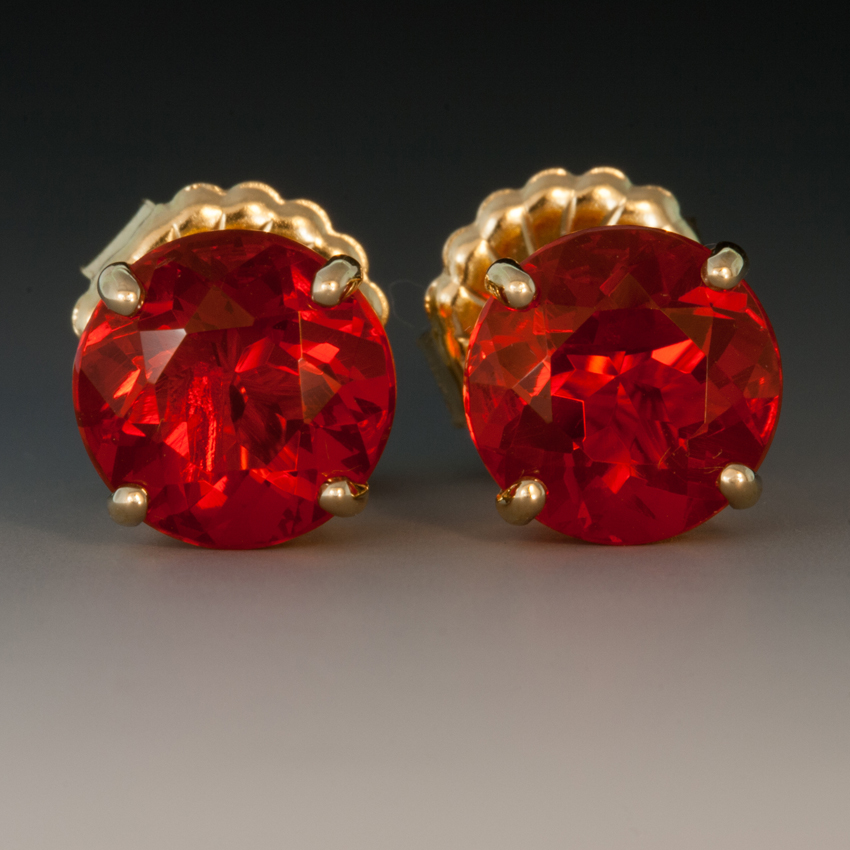
Opal has a hardness of 5.5 – 6.5 on the Mohs scale, so it is more delicate, capable of being scratched and its surface worn down. Opal rings are beautiful but should be worn with care. Opals make exclusive jewelry pieces because no two opals are alike. Finding a matched pair of opals for earrings is a challenge. When it does happen it is called a “split”.
The opal is a hydrated amorphous form of silica. As such, its water content may range from 3 to 21% by weight, but is usually between 6 and 10%. The internal structure of precious opal makes it diffract light. Depending.on the conditions in which it formed, it can take on many colors. Black opals are the rarest, white and greens are the most common. Opal is the national gemsotne of Australia.
Gem opals can be classified into four groups, light, dark, boulder, and black.
Light Opal, the most common, has a translucent milky to opaque white background. Crystal Opal is transparent to translucent. Fire Opal, a type of crystal opal, is reddish orange to red, is normally translucent to semi-translcent, and is found in Mexico and Ethiopia.
Dark Opal is opaque with a gray body color.
Boulder Opal contains sandstone or ironstone. Opal with matrix show visible ironstone. Opal with no visible inclusions is called opal in matrix. Most Boulder Opal is found in Queensland, Australia.
Black opal is opaque and very dark in body color. They are the most brilliant and often the most coslty because of their rarity and intense color. Most of these opals are from Australia.






